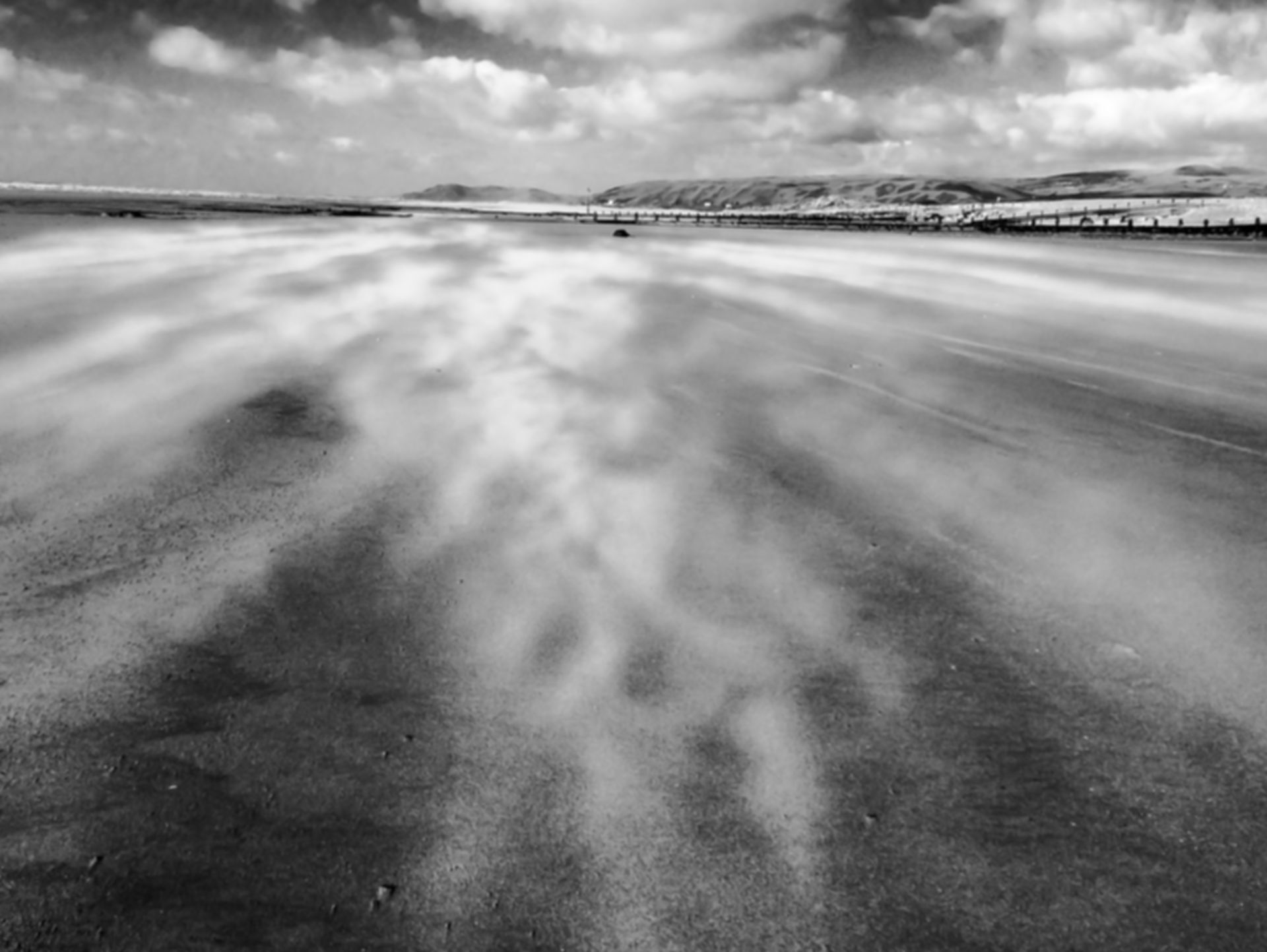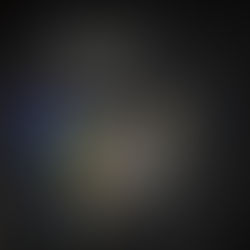The Middle Way
At my father's funeral, I slipped the last drawing he had made into his paint-less hands.

It was of the view outside his office window.
As a child I had craned over his shoulder, learning how to draw from his movements. Whilst he preferred landscape (because he said it was very forgiving) it was always the portraits that intrigued me the most (which he said, weren’t). I would watch him battle to capture motion and emotion, wooing the pencil’s urge to age unaccountably, drawing what appeared to be there, not running away from reality into poetic licence. I would watch him seek integrity on the page.

Surrounded by ponies, I later became obsessed with the illustrations of Anne Bullen, the ability to capture a story in a still – whether that story was action and adventure, or tenderness. Animal portraits became a thing for me, a saleable thing. Hours were spent draped over fences drawing from life, or cwtched up in my room surrounded by photographs, making mistake after mistake.
When I was seventeen I was introduced to the artist Geoff Price, a true master when it came to racing horses across a frame. Again I would crane over the shoulder, learning how to be bold. Like many teenagers I was impeded by self doubt; my art was not as good as my father’s or those of other girls in my class. The inside of my head moved too fast, my hands tripped and fell. Geoff would just smile slightly and say:
“It’s not about knowing what to do. It’s about just doing it. The knowing comes later.”
I would practice being unknowing with a sketchbook in lulls between teaching at Pony Club and local yards. One young pupil, Natty Higham, would crane over my shoulder with an earnest quiet. Watching. I don't ever recall discussing it though, apart from the inevitable Thelwell, it was something that happened incidentally.
Then yesterday, I came across this:
It made me pause.
I don't know if Natty (below right) and Geoff (below left) ever met, they only lived ten miles apart, active in the same racing scene - covering decades.


Their art is a serious business, mine has always been more sketchy, even if we were all stood at the same course.
The chain of influence is a funny thing. Often, it is invisible, or incidental. Sometimes it is all too visible, but unacknowledged. We all have our narrative, of who we think we are responding to, or who we think we are impacting – but it is rarely that straightforward. Anything can acquire a backstory, it doesn’t mean that the retrospective is true. Many people are happy to be told that they are an influence but get discomforted when their own influences are drawn attention to, especially if they haven’t realised it themselves, or they wish to think of themselves as being better than the person they are echoing. For some, retaining a sense of control over their own assumed originality is paramount. They will blatantly steal other people's ideas, somehow locked in denial. Some get hugely competitive when they see other people present in what they think is their territory. Everywhere can become a playground when self esteems become challenged. Egos build walls upon which canvases are hung.

When someone is not really any one thing in particular, the way I am, this is different. We are in a constant state of acknowledgement, seeing the line before and behind us. When one sails across many seas, boundaries become horizons. Ethics are a sail.
I used to spin in the whirlwind of almost-being many things, not really identifying with any of them. Am I an artist? I’ve sold work. Am I musician? These are my instruments, I took exams. Am I a writer? An academic? An archaeologist? A philosopher? A photographer? A… no. I am none of these things, I am somewhere in the middle of them all, acutely aware that being multidisciplinary is to be a palimpsest of shadows, a dim reflection of other people’s brilliance, where their light sharpens who one is, just for a moment; before becoming something else. Perhaps this is the way for us all, it's just more noticeable when the practice is reflexive.

I don’t really know – and that’s just fine.
I am in my middle years and I am waking to the middleness of things.
If I look up, I see my mother and her historical fiction, her pony books. If I look level, I see my own work on history, fact, fiction, poesy. If I look down I see my teenage daughter, already winning prizes for, yes, poetry and historical fiction.
I am in the space between.

A couple of days ago I listened to a young musician render her own version of a piece that was new to her, The Blackest Crow. As I listened to Ailsa I also heard Tommy Jarrell, I heard Three Legg’d Mare, I heard my mother singing it quietly as we wandered the lanes of my childhood in a pony and cart.
I looked at my sketchbook, with poorly scratched likenesses of faces and sounds I had been absorbed in, the people who had directed the line of my pen on that day. The landscape of my office.

I doodled a crow.
Maybe we are all scavengers, maybe all of us are winging it. It’s not about being the best or retaining a sense of control – those walls just let the rest of us know where the fearful people live. For we are all part of the same myth; it's just a matter of seeing.
As I sit at his desk, I look at my father’s calligraphy box, the tobacco tins, worn nibs and familiar grip.
Maybe I should get some new ink.
Even when we are just beginning, we are always, somewhere in
the middle way.






















